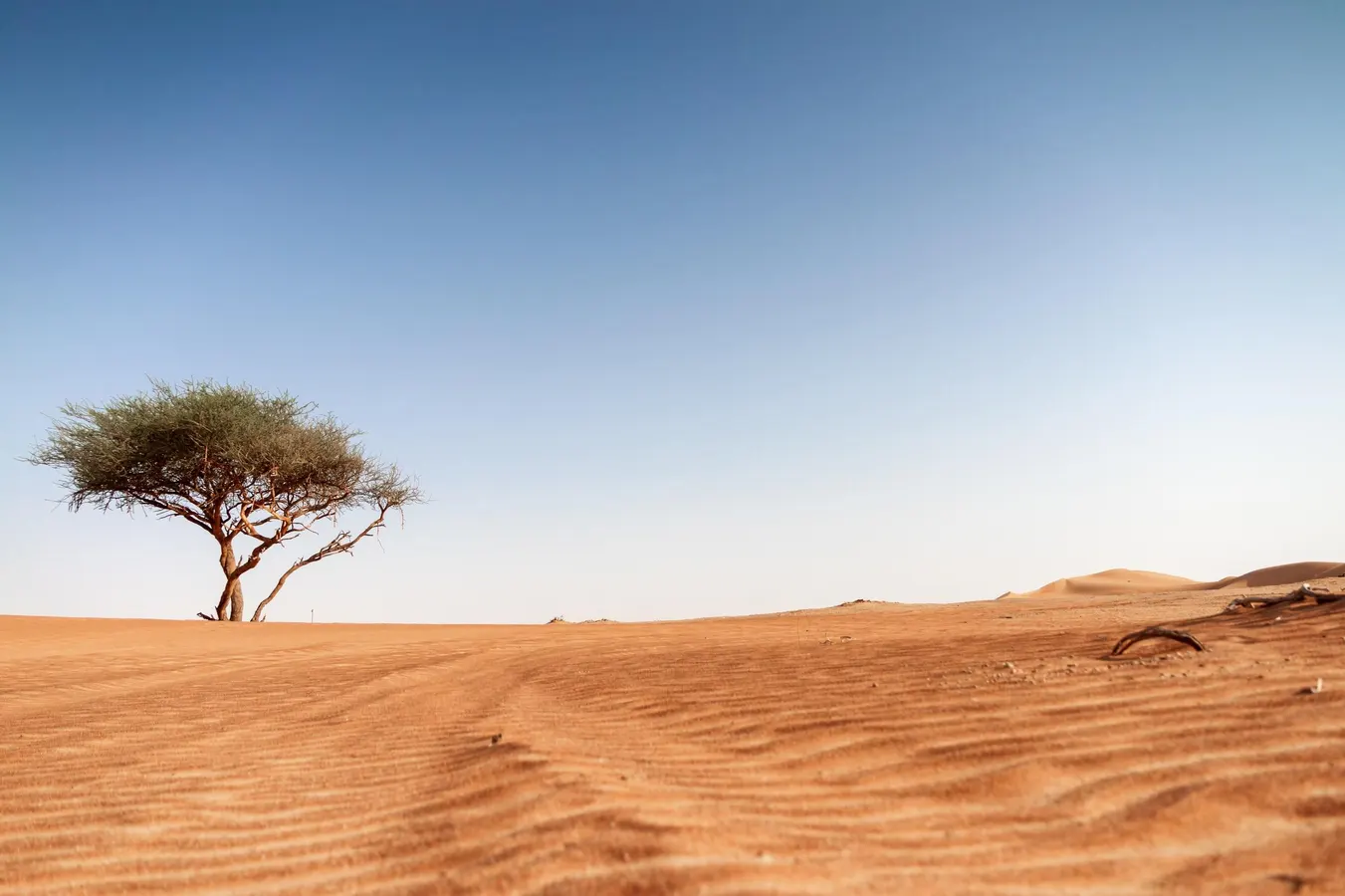Copyright Forbes

When we think about isolation in nature, we usually picture islands surrounded by ocean — evolving life forms that exist nowhere else on Earth. But isolation doesn’t limit itself to the ocean; it also happens on land, and often, too. In some of the most remote corners of the planet, individual trees stand alone, sometimes hundreds of miles from their nearest neighbor. They defy logic, ecology and even time itself. These solitary sentinels are often the last remains of once-lush forests, or genetic survivors of ancient, bygone ecosystems. Here are five of the most extraordinary examples of isolation in the arboreal world, and the science that explains how they manage to survive. 1. The Tree of Ténéré (Niger) For much of the 20th century, the Tree of Ténéré held the uncontested title of the most isolated tree on Earth. It stood deep in the Sahara Desert of northeastern Niger, and there were approximately 250 miles between it and the closest other tree. Specifically, the Tree of Ténéré was a lone acacia (Vachellia tortilis), but it was also the only living tree for hundreds of miles. This made it into a vital navigational landmark for Tuareg caravans crossing the desert. MORE FOR YOU The tree’s biology tells a remarkable story of desert adaptation. French military surveys in the 1930s discovered that its roots plunged more than 35 meters (115 feet) into the sand to reach a hidden aquifer. On top of their intricate root systems, acacias are also able to close their stomata (leaf pores) during the hottest hours of the day; this assists them in reducing water loss to nearly zero. Most tragically, The Tree of Ténéré was knocked down by a truck in 1973, allegedly driven by a drunk driver. Today, its preserved trunk still resides in the National Museum of Niger, and a metal sculpture now marks the site. Despite its untimely demise, the tree still remains a symbol of life’s improbable persistence. 2. The Tree Of Life (Bahrain) In the middle of Bahrain’s arid desert, there stands a 400-year-old Prosopis cineraria, also known as Persian mesquite, ghaf or khejri. But, locally, this particular tree is known as the Tree of Life — since, somehow, it managed to germinate where no natural water source exists for miles. This species is native to arid regions of the Middle East and South Asia, from India all the way to Afghanistan. The Bahraini specimen, however, is most remarkable for being utterly alone, and for thriving in conditions that seem incompatible with life. For decades, botanists have studied the Tree of Life in the hopes of understanding its survival strategy. The leading theory, as explained in 2021 research from Botany Letters, is that its taproots may reach depths of up to 35 meters. In the case of the Tree of Life, this may allow it to tap into deep underground aquifers, drawing moisture from ancient water reserves hundreds of feet below the surface. Similarly, the nitrogen-fixing bacteria in Prosopis cineraria’s roots may also give it a metabolic advantage, especially in nutrient-poor soils. 3. Pando (Utah, USA) Unlike the Tree of Ténéré or the Tree of Life, Pando isn’t a single tree. Instead, it’s an entire genetically identical forest. Located in Utah’s Fishlake National Forest, Pando — directly translated to “I spread” in Latin — is a clonal colony of quaking aspen (Populus tremuloides). What makes Pando so exquisite is that it’s all connected by a singular underground root system. Despite the fact that it looks like a forest, Pando is technically one organism. It’s one of the largest and oldest living beings on Earth. Data from radiocarbon dating suggests that Pando may be as old as 9,000 to 14,000 years, and possibly even older. What makes Pando “isolated” isn’t necessarily location, like its counterparts, but rather its genetic singularity. As research from Western North American Naturalist explains, every tree, or “ramet,” is a clone of the same parent organism. This means that when one stem dies, another one will grow in its place; this process is what keeps the organism alive for millennia. Pando’s isolation has become both a strength and a weakness. On one hand, it’s highly resilient to drought and fire thanks to its deep roots. But on the other, modern human activity (particularly grazing and fire suppression) is actively threatening its regeneration abilities. In order to give this ancient organism its deserved chance to keep spreading, conservationists are now fencing parts of Pando to protect it from deer and elk. 4. Árbol Del Tule (Oaxaca, Mexico) In the small town of Santa María del Tule in Oaxaca, Mexico, you’ll find the Montezuma cypress (Taxodium mucronatum) with the widest trunk in the entire world, with a circumference of nearly 138 feet (42 meters). It’s so massive, in fact, that people assumed for decades that the Árbol Del Tule was multiple trees fused together. Eventually, however, genetic testing conducted in a 1990 study published by the California Botanical Society confirmed that it’s a single organism. While not “isolated” in the same sense as a singular tree, alone in a desert, the Árbol del Tule is ecologically isolated. Specifically, it’s the last ancient survivor of what was once a vast wetland forest. In the millennia since, urbanization and agriculture have all but erased its natural companions. In turn, it’s now a botanical relic surrounded by a modern town. Its water source comes from a small spring-fed aquifer, which scientists believe has sustained it for over 2,000 years. Its dense, spiral-grained wood makes it extraordinarily resistant to decay, and local Zapotec tradition holds that the tree embodies the soul of a priest who planted it in pre-Columbian times. 5. The Antarctic Beech Of Gondwana Rainforests (Australia) The Antarctic beech (Nothofagus moorei) also isn’t a tree that’s geographically isolated. You can find them in fifty separate reserves of New South Wales and Queensland, Australia. Rather, it’s isolated in an evolutionary sense — with its lineage back over 100 million years to the ancient supercontinent Gondwana. These trees are, in essence, living fossils. Research from the Australian Journal of Botany suggests they’re ancestors of the ancient beech species that once covered parts of the supercontinent Gondwana (in modern day Antarctica and South America) before the continents drifted apart. In that sense, every Antarctic beech in Australia is a biological relic of Earth’s ancient geography, as they’re a direct link to the prehistoric forests that existed when dinosaurs were still roaming the planet. The trees grow in cool, wet mountain environments that are now tiny refuges of the once-vast Gondwanan rainforests. Their persistence offers scientists insight into how species survive climate change across geological time.



